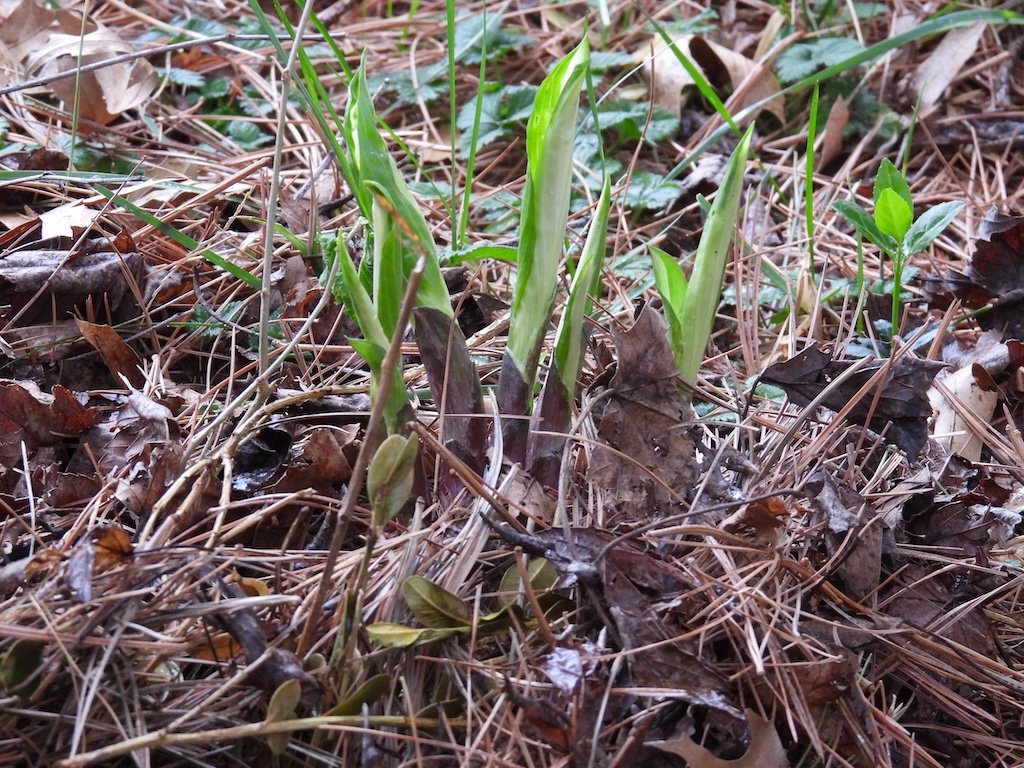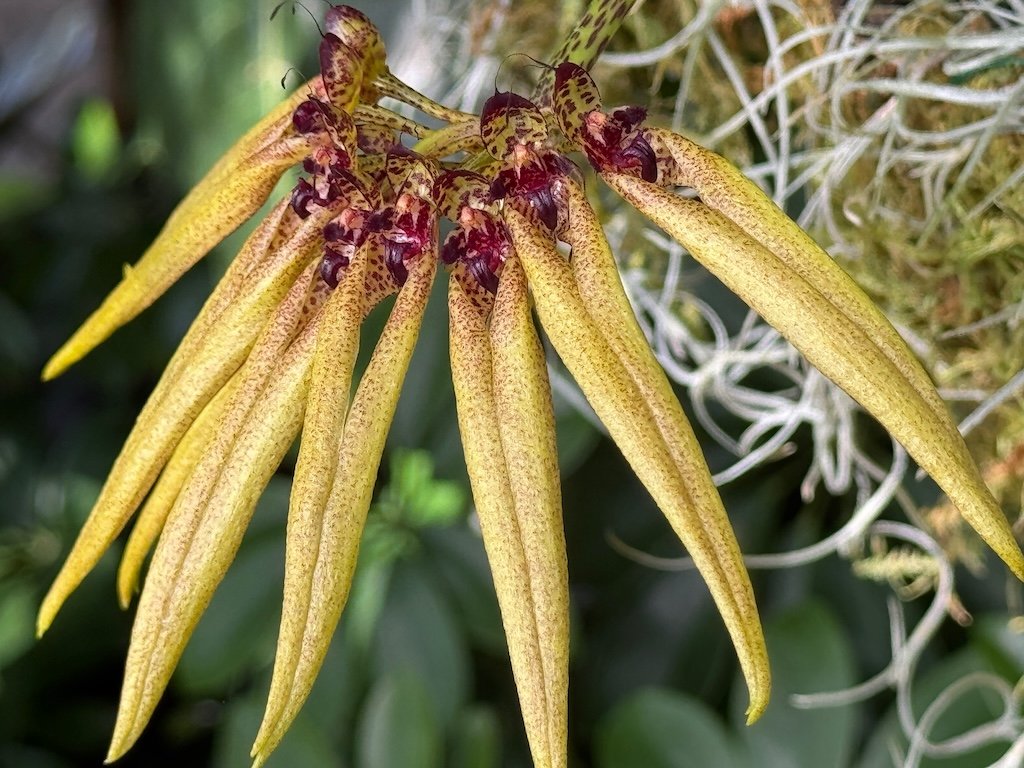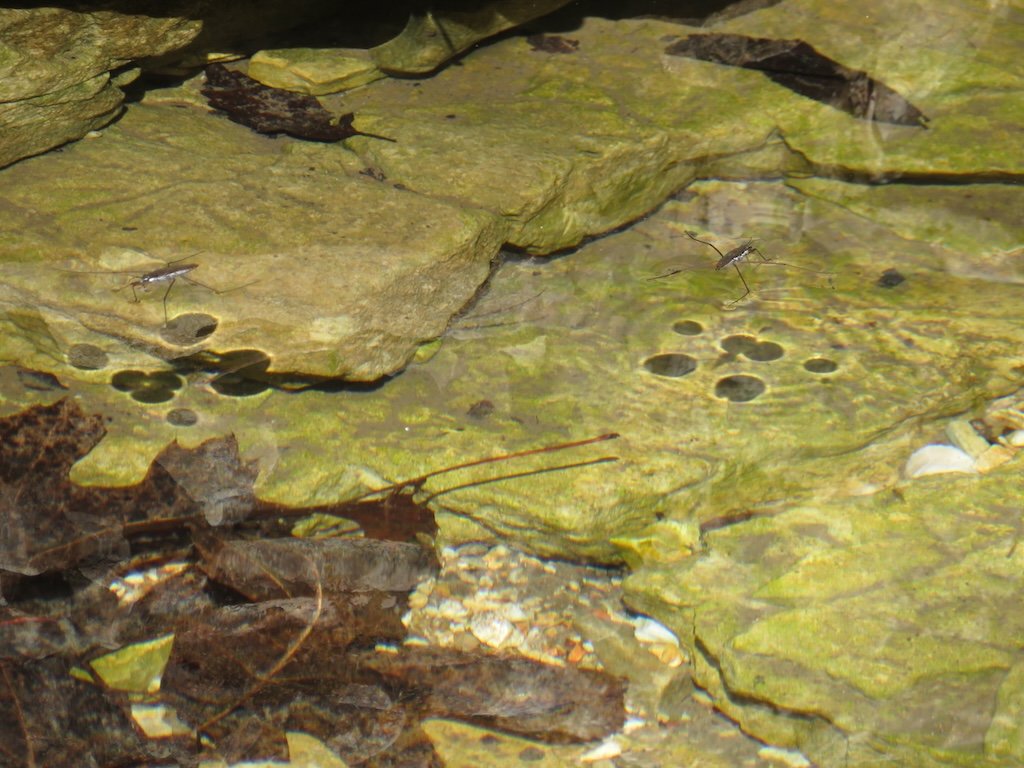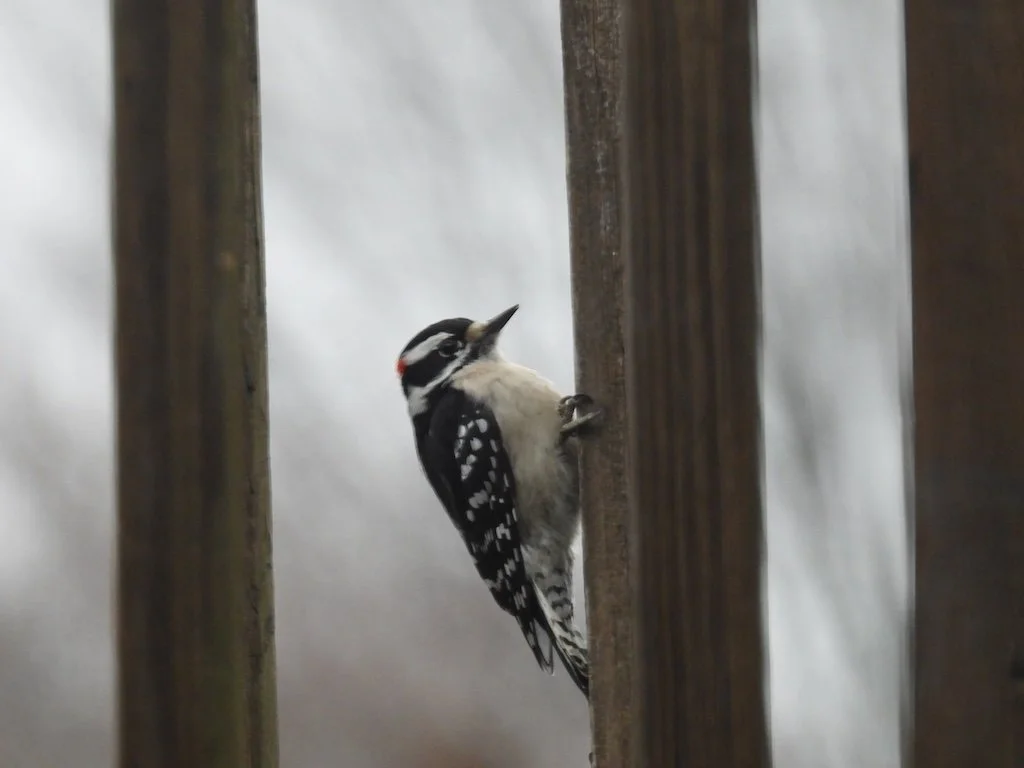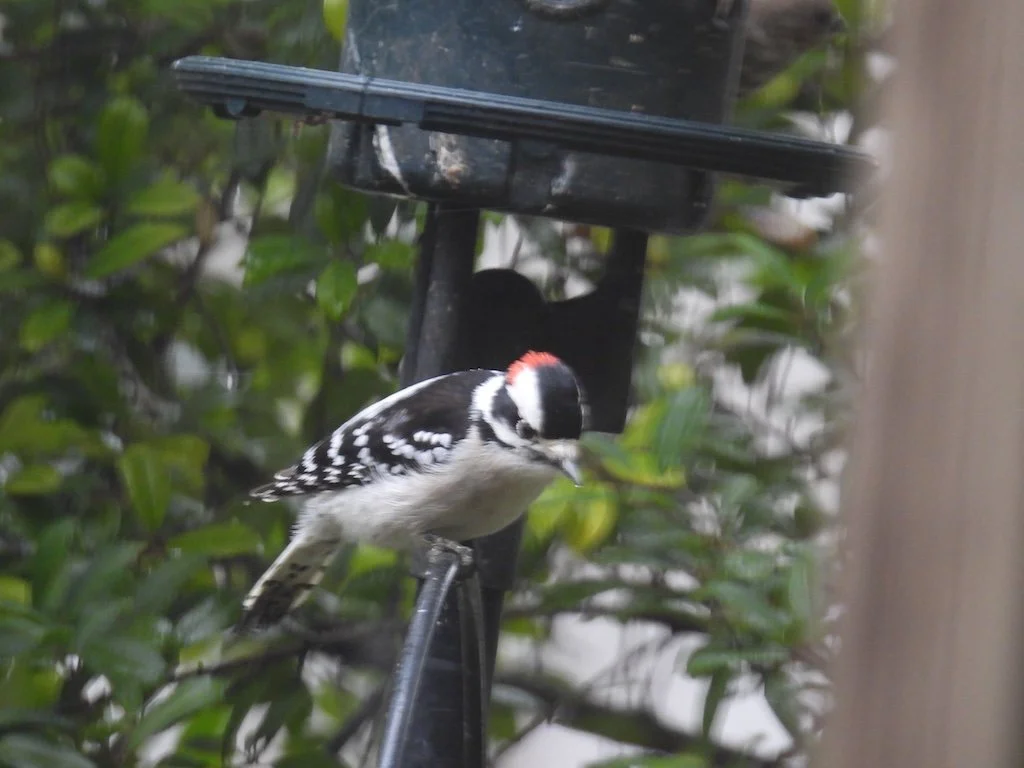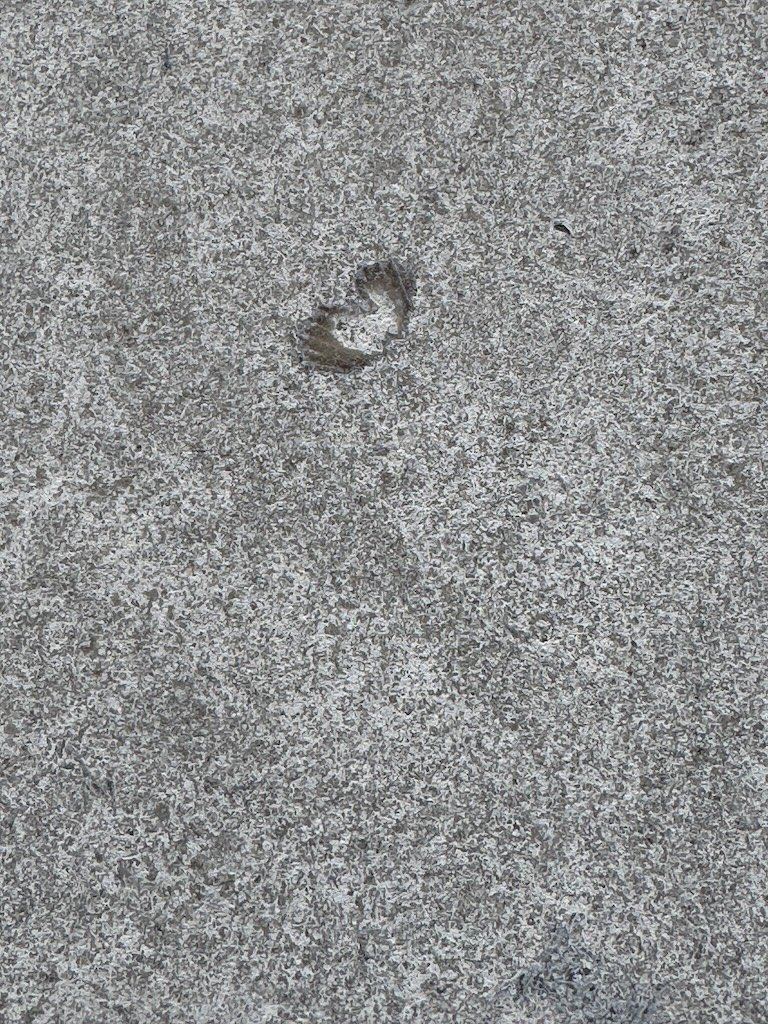I started a second semester at Missouri State University in January – taking a geology course (online) and lab (in person). The semester did not start out as well as the one in the fall:
Unfortunately for me, the department had made the lab optional so the university’s program for people over 62 only applied to one part – make the semester considerably more expensive than the fall semester.
I also mistakenly signed up for an online lecture course that didn’t begin until March (it didn’t occur to me that there would be a schedule like that) so I had to make a quick adjustment to get a course that matched the lab duration.
The lecture part of the course (online) had a digital textbook that include study aids that was required for the course….that cost over $80. It was quite a ‘sticker shock.’
The first lab happened before I got the lecture course situation fixed, but evidently it was also before most people in the lab had attended a class too. The instructor walked us through the lab as a group, but she talked to fast that I wonder how many of the students understood it very well. Fortunately it was a topic I was familiar with.
I’ve completed the first two chapters of the textbook that have been assigned – and the associated questions/quizzes. There was one short YouTube video that was included in the assignments. I am disappointed that the professor does not include any recorded lectures for the online course; she did invite us to a similar course that she is teaching in person if we wanted to hear a lecture on particular topics…and I have gone to one.
The course and lab both reference field trips but there were none listed on the schedule for either one. I asked the lab instructor…they only knew that there hadn’t been field trips since COVID. When I emailed the professor, I was told that there would be a field trip in early April. Would it have happened without my query? Geology field trips are some of my favorites. When I was in high school, I went on several field trips with Southern Methodist University’s geology department since I had a friend whose father was a paleontologist there…and then in college I tagged along with my husband’s geology class at El Centro (community college) and University of Texas (rock roses and marine fossils and caves). In Maryland, the master naturalist training included a hike in Patapsco Valley State Park with a geologist! So – I really want at least one geology field trip from this course.
The professor also sent out a pdf with a self-guided geology tour of the campus. I did it last week; the day was too cold to do it leisurely although I did notice non-geology things along the way too.














































